India is an ideal destination for minimally invasive spine surgery due to its high-quality care and advanced treatment options at affordable cost without compromising on quality of care.
Recovery Time
15 Days
Success Rate
99%
Hospital Stay
4 Days
Treatment Type
Surgical
Home Treatments Spine Surgery Minimally Invasive Spine Surgery
Is chronic spine pain affecting your daily life, but you’re insecure about traditional surgery?
Many people hesitate to undergo spine surgery due to concerns about pain, a long recovery, and possible risks.
Minimally invasive spine surgery in India offers a safe, shorter recovery and less discomfort.
So why wait?
Choose India for minimally invasive Spine Surgery at an affordable cost, experienced surgeons, and well-equipped hospitals provide a reliable option for those seeking effective spine care.

Here is the list of conditions for which minimally invasive spine surgery is performed:
The cost of minimally invasive spine surgery includes the surgeon’s fees, anesthesia, hospital stay, required tests, and follow-up care. Each of these adds to the total cost of the procedure.
Cost Component | Details | Estimated Cost in USD |
Pre-operative Consultation & Diagnosis | Consultations, X-rays, MRI scans, blood tests | 350 USD |
Surgery Costs | Includes surgeon fees, type of surgery, and hospital stay | 6500 USD |
Rehabilitation and Follow-up | Physiotherapy sessions, medications, supportive devices, and follow-up visits | Variable for procedure |

Fill in your details and we'll get back to you soonGet Free Treatment Quote
Country | Cost Structure |
India | 6500 USD |
United States | 20000-35000 USD |
Germany | 12000-25000 USD |
Turkey | 10000-15000 USD |
◾Key Takeaways
✅ Affordable Treatment Costs: Minimally Invasive Spine Surgery offers affordable treatment options, reducing hospital stays and recovery time. This approach makes high-quality spine care more affordable for those seeking safe, reliable treatment options.
✅ Advanced Medical Technology: Minimally Invasive Spine Surgery now benefits from advanced technology, because of smaller incisions for accurate treatment. it reduces recovery time and offers a safer, better option than traditional surgery for patients.
Minimally Invasive Spine Surgery cost
Treatment Name
Estimated Cost
Minimally Invasive Spine Surgery 6500 USD
India has skilled doctors for Minimally Invasive Spine Surgery, providing precise and effective treatment. With extensive experience, they ensure safe outcomes, making India a reliable choice for patients seeking quality spine care.
Beds: 539
New Delhi
Beds: 230
New Delhi
Beds: 710
New Delhi
Beds: 650
New Delhi
Beds: 191
New Delhi
Beds: 310
New Delhi
Beds: 330
Gurugram
Beds: 380
New Delhi
Beds: 402
New Delhi
Beds: 1300+
Gurugram
Beds: 1000
New Delhi
Beds: 450
Faridabad
Beds: 675
New Delhi
Beds: 500
New Delhi
Beds: 400+
Faridabad
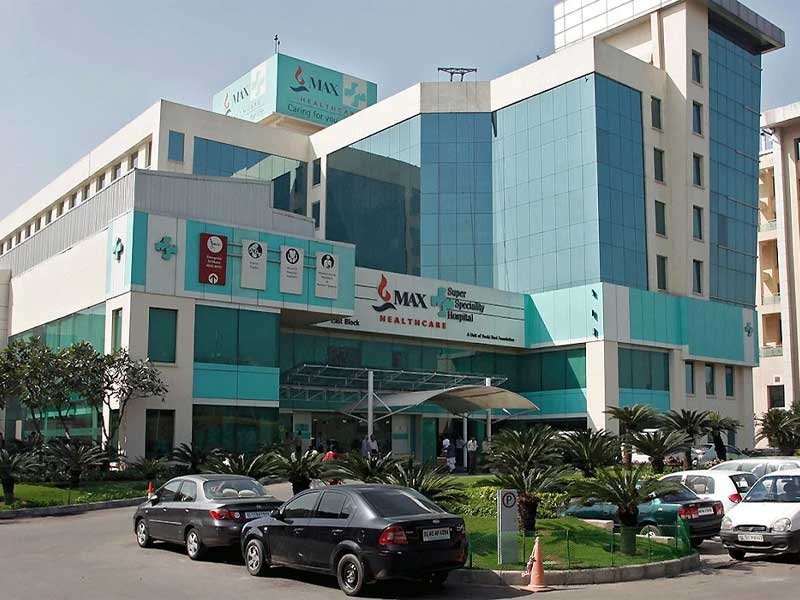
Max Super Speciality Hospital, Saket
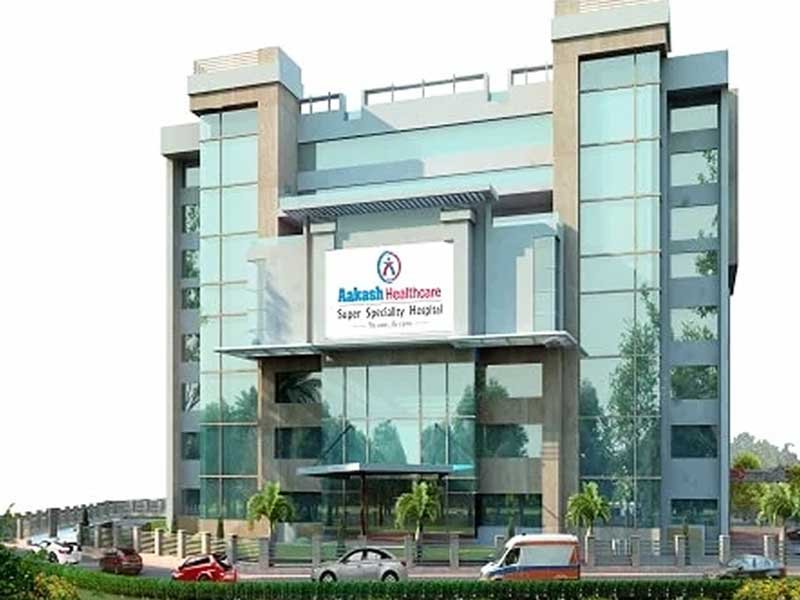
Aakash Healthcare Super Speciality Hospital
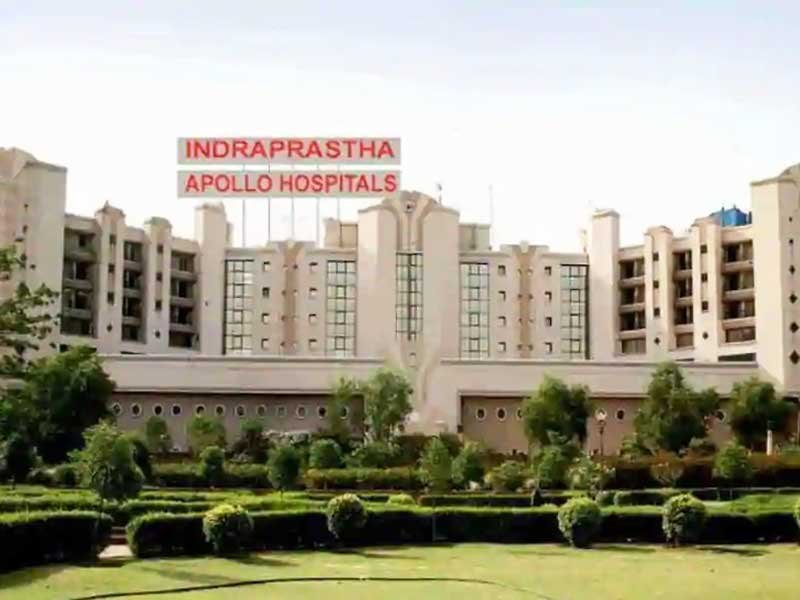
Indraprastha Apollo Hospital
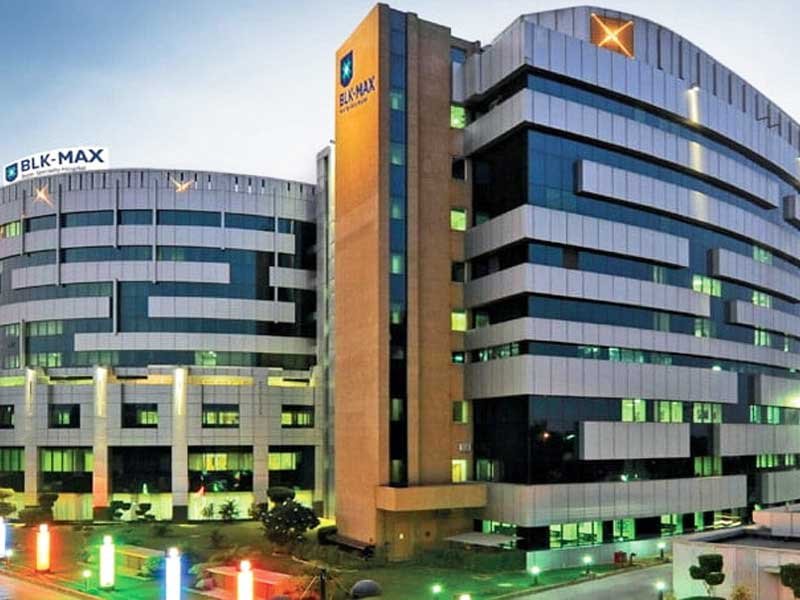
BLK Max Super Speciality Hospital
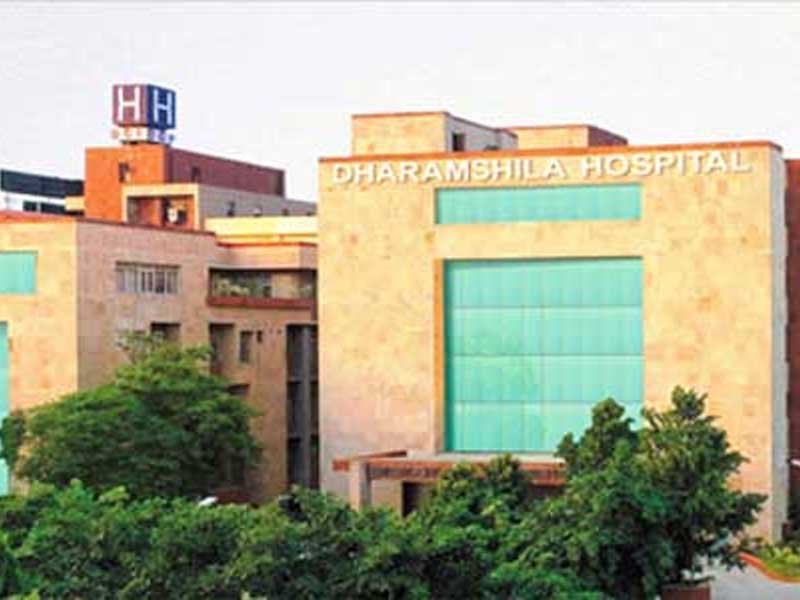
Dharamshila Narayana Superspeciality Hospital

Fortis Escorts Heart Institute
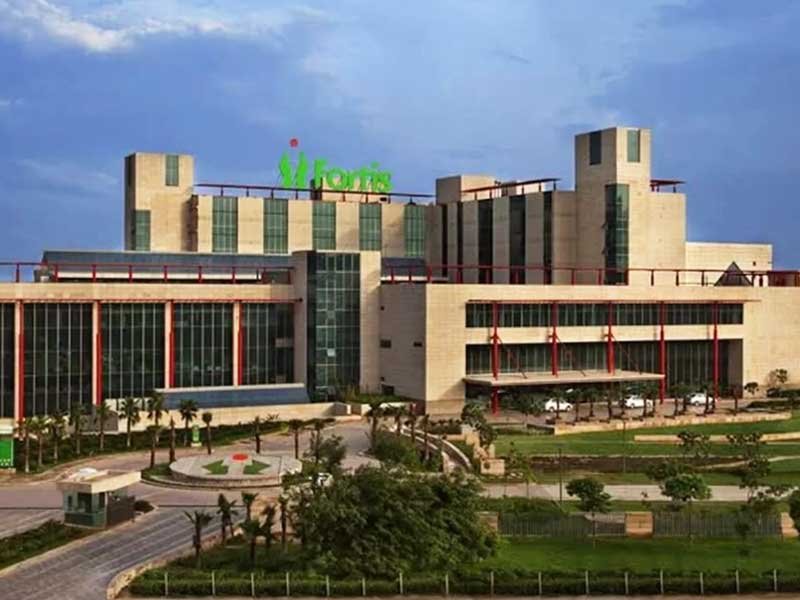
Fortis Memorial Research Institute

Manipal Hospital Dwarka
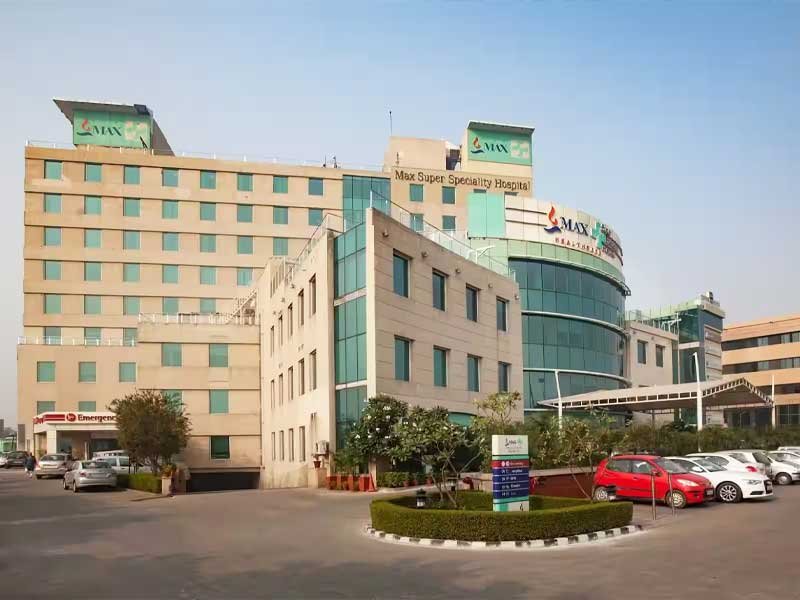
Max Super Speciality Hospital Shalimar Bagh
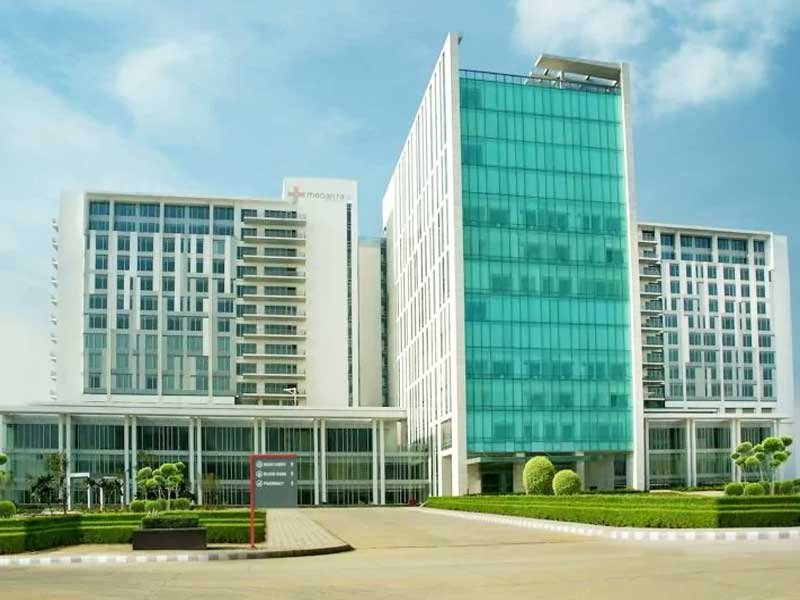
Medanta - The Medicity Hospital

Moolchand Kharaiti Ram Hospital

Sarvodaya Hospital
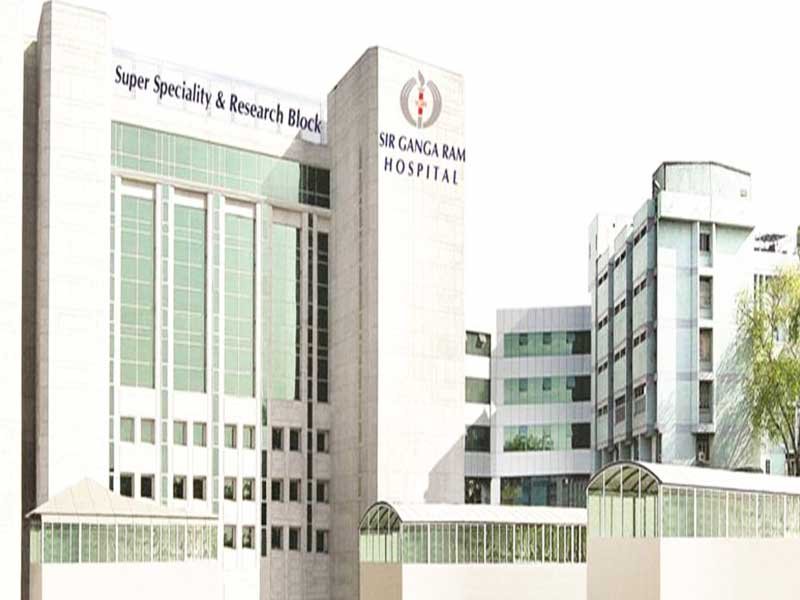
Sir Ganga Ram Hospital
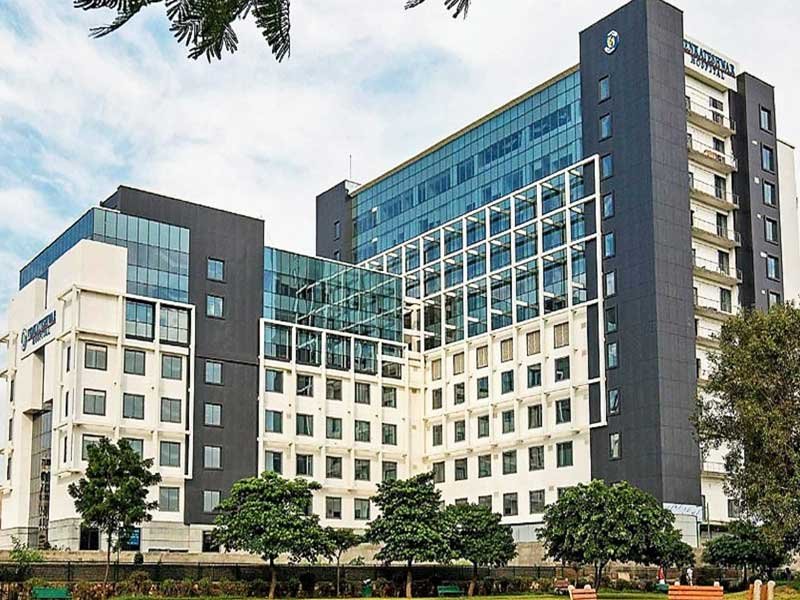
Venkateshwar Hospital
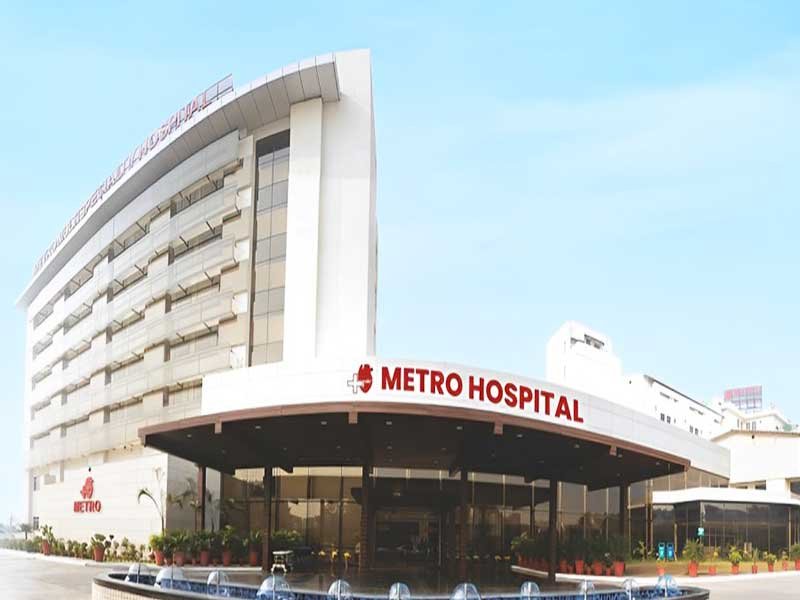
Metro Heart Institute with Multispecialty
India’s leading hospitals for Minimally Invasive Spine Surgery are known for their skilled specialists and advanced facilities. With a focus on patient care and successful outcomes, they are trusted choices for spine treatment.
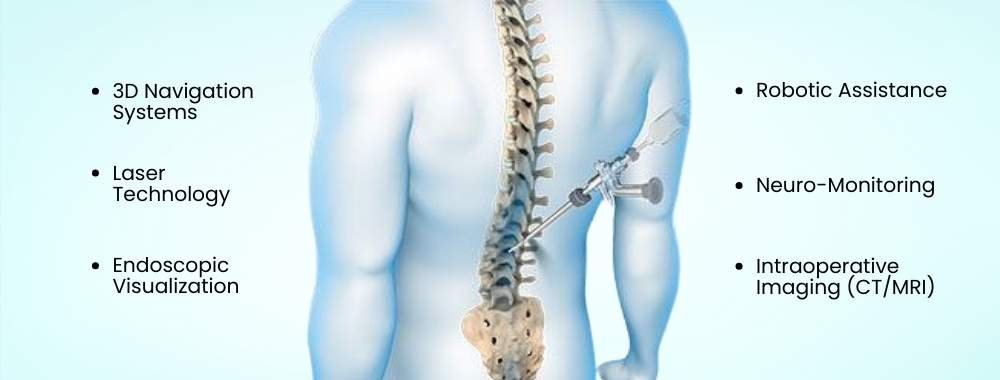
It increases accuracy in placing screws especially useful in complex spine cases for reducing the risk of complications.
It detects nerve activity throughout the surgery to protect spinal nerves and prevent damage.
This provides real-time images during surgery to ensure precise targeting of affected areas.
3D Navigation Systems
It allows precise surgical planning and reduces the chance of errors.
Laser technology targets the removal of soft tissue or disc material to avoid damaging nearby structures and reduce recovery time.
This technology involves a small camera to provide clear images of the spine through tiny incisions, to help precise navigation and treatment.
Fill in your details and we'll get back to you soonGet Free Treatment Quote
Necessary Diagnostic Tests
Before surgery, your surgeon visualizes your medical history and checks for any health issues you have. Make sure to tell the surgeon about any medicines or supplements you are now taking.
Tests | Description |
X-ray | X-ray helps to detect images of bones. For spine issues, it helps assess disc spacing, bone growth, nerve hardening, joint size, and movement stability and is also used along with other tests for a complete view. |
MRI Scan (Magnetic Resonance Imaging) | MRI is used for magnetic fields to view images of bones and soft tissues like nerves. It also helps to identify disc hydration, joint size, spinal canal width, and disc condition. |
CT Scans (Computed Tomography) | A CT scan helps to create layered images of bones and soft tissues, It helps detect disc issues and bone wear. |
Myelogram | A myelogram is used to inject dye into the spinal canal to identify the spinal cord and nerve roots. It also helps to detect any unusual shapes or problems in the spinal sac. |
Bone Scan | A bone scan uses small amounts of radioactive material to find active areas in the bones called hotspots, It also helps doctors to detect specific sources of pain in the bones. |
EMG (Electrodiagnostic Study) | EMG helps to find nerve function by placing small electrodes in muscles. It detects abnormal signals, which specify if a nerve is pinched and irritated. |
Facet Joint Block | A local anesthetic is injected into the facet joints to relieve pain. If the pain slows down, it suggests that the joints are causing the discomfort. |
Discogram | A discogram is used to inject dye into a disc to get clear X-ray images. This helps doctors to find the pain in the disc. |
Labs | Blood, urine, and stool tests can identify infections, arthritis, cancer, and other issues that impact spine conditions. |
Spinal Tap | A spinal tap helps to take a sample of spinal fluid to check for inflammation, increased white cells, or protein, helping to identify spine-related problems. |
🟢Do’s Before Surgery
✅ You should follow your surgeon’s advice, like fasting if required.
✅ Inform your doctor about any medications or supplements you're taking.
✅ Drink water if allowed before fasting begins, it helps in your recovery.
✅ Quit smoking before surgery to heal and reduce complications.
🔴Don’ts Before Surgery
❌ Avoid food and drinks closed surgery, usually 8-12 hours before.
❌ Also, avoid blood thinners or other medications that your doctor hasn’t approved.
❌ You should also avoid heavy activities before surgery to stop pressure on your spine.
❌ Consult your surgeon for any concerns to feel comfortable and prepared for surgery.
To learn about the procedure of minimally invasive spine surgery, read the details given below:
Before the surgery
During the Surgery
After the surgery
Hospital Stay and Recovery Time
The hospital stay after minimally invasive spine surgery is 4 days, for adds, and its recovery time is 15 days.
The success rate of minimally invasive spine surgery in India is 99%.
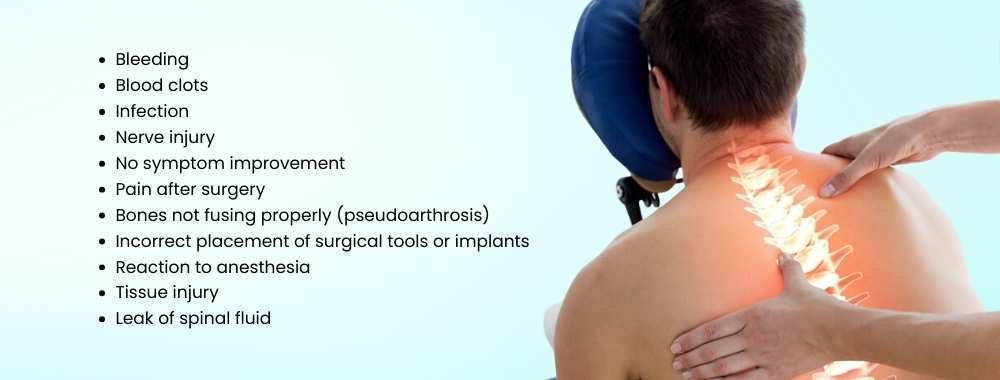
All surgeries have risks; minimally invasive spine surgery also has some possible risks, such as:
In rare cases, minimally invasive surgery has not been performed as planned, then your surgeon may need to open surgery during the procedure.
Why Choose Mejocare for Minimally Invasive Spine Surgery in India?
✅ Experienced Orthopedic Surgeons: We recommend doctors with over 30 years of experience, ensuring knowledgeable and skilled care for each patient.
✅ Accredited Hospitals with Advanced Technology: Our partner hospitals are JCI and NABH accredited, equipped with modern tools like robotics and advanced diagnostic equipment. This ensures precise and effective treatment tailored to your needs.
✅ Extra Support for International Patients: We provide quick responses, clear cost estimates, help with medical visas, comfortable accommodation, and priority appointment scheduling with specialists. Additionally, we assist with your arrival in India, offering airport pickup, hotel transfers, and support throughout your hospital stay to make your experience smooth and stress-free.
Minimally invasive spine surgery has been used more frequently for the last 3 decades because this technique minimizes damage to tissue and muscles. Additionally, many patients who undergo this surgery can get faster recovery, because this surgery is successful with results close to other invasive back surgeries.

Medically Reviewed By
QualificationsMBBS, DTMU University, Georgia.Radiation Oncology Resident at Burdwan Medical College and HospitalDr. Aryan Malhotra is a skilled and caring doctor. He is a Radiation Oncology Resident at Burdwan Medical College and Hospital. He treats people with cancer and works closely with patients during their treatment.He completed his MBBS from David Tvildiani Medical University in Georgia. He has passed the USMLE... Read More
Registration Number: 95565
Qualification: MBBS, MD from DTMU University, Georgia, Radiation Oncology Resident at Burdwan Medical College and Hospital
The average cost of Minimally Invasive Spine Surgery in India is 6500 USD.
The success rate of Minimally Invasive Spine Surgery in India is around 99%.
Typically, patients stay in the hospital for about 3 to 5 days post Minimally Invasive Spine Surgery.
Recovery tends to be faster compared to traditional open surgery. You might be back to your usual activities in about 6 weeks, though your surgeon will set activity limits based on your health. Unlike open surgery, this method doesn't detach muscles from the bone, resulting in a shorter recovery time as muscles are just moved aside instead of reattached.
In spine surgery, general risks include anesthesia complications, pneumonia, blood clots, infections, and potential blood transfusions. Specific spine surgery dangers involve spinal cord or nerve damage, tissue harm, surgical-related pain, and rare instances of brain fluid leaks. It's crucial to discuss these risks with your medical team before the procedure.
Physical therapy involves strengthening the muscles around your spine. This may include specialized exercises like segmental stabilization using spine stabilizers. This helps fortify deep trunk muscles, aiding recovery and maintaining spinal alignment.
Yes, it is necessary to have a companion.
It's advisable to wear a brace for 3 months while undertaking travels after the surgery.
Yes, you can do your own research and choose your therapist.
You can use Paracetamol regularly to manage mild to moderate pain. Moderate pain can be managed using non-steroidal anti-inflammatory drugs (NSAIDs) like diclofenac or ibuprofen.
Yes, insurance will cover the cost of Minimally Invasive Spine Surgery in India.
To discover the top doctors or hospitals in India, you can visit our website, mejocare on the doctors' page, you can filter and find the finest doctors, while on the hospital page, you can identify the best hospitals. Additionally, you can reach out to us, and we will gladly offer you all the necessary suggestions and information you need.
1-2 hours.
No, there is no waiting list for Minimally Invasive Spine Surgery in India.
Before surgery, you'll probably have tests like CBC, urine analysis, Chest X-ray, ECG, and Kidney Function Tests to check your blood, urine, chest, heart, and kidney health for a comprehensive assessment.
Anesthesia like Propofol is used to provide deep sedation without complete unconsciousness. It's safe, acts quickly, and allows for a fast recovery, often leaving patients with little memory of the procedure.
6 weeks.
After surgery, opioids often cause constipation, but you can manage it with certain foods. Avoid high-fat cheeses, processed foods, saturated fat-rich red meat, dried or dehydrated foods, and full-fat dairy items. Also, steer clear of sugary treats to prevent constipation.
After surgery, monitor your vital signs, tend to your wound, manage any complications, consider rehab services, and attend follow-up appointments for a smooth recovery.
Our care team can help you.
